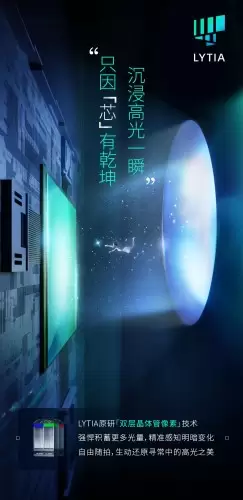In a landmark partnership, OPPO has teamed up with Lytia, a Sony camera sensor brand, to introduce the world to their Dual-Layer Stacked sensor innovation. This pioneering technology is set to revolutionize computational photography and is poised for integration into Sony’s forthcoming flagship smartphones. While the exact deployment schedule remains confidential, the potential impact on the world of photography is truly revolutionary.

At the core of this innovation is the “stacked” sensor technology, a remarkable achievement by Sony. This approach involves layering the CMOS camera sensor, Exmor IMX 888, with two layers of pixel transistor technology. The primary objective is the separation of the transistor layer from the photodiode, a pivotal development that permits the creation of physically larger diodes. This advancement translates into a substantial enhancement in light capture, significantly boosting the camera’s performance, especially in challenging low-light scenarios.
Sony’s commitment to pushing the boundaries of camera sensor technology is not limited to the IMX 888. They have also applied similar groundbreaking techniques to the IMX 903 and IMX 907 sensors, offering a wide array of possibilities for future smartphone photography.
Fascinatingly, OPPO is not the sole player in this collaborative journey with Sony Lytia. Reports have surfaced suggesting that Vivo, another prominent smartphone manufacturer, is also preparing to collaborate with Sony. Their aim is to incorporate this cutting-edge camera sensor technology into their upcoming flagship smartphone models. This collective effort underscores the industry’s united quest to elevate the photography experience for smartphone users worldwide.

